
Alabama rot: Your guide to signs and symptoms

Dr Corinne Wigfall BVMBVS(Hons) BVMedSci(Hons)
29 August 2023 | 4 minutes read
Despite not being a common condition in the UK, Alabama rot can sadly be fatal. So knowing what signs to look out for is a must for any pet parent.
Expert vet Dr Corinne Wigfall shares the symptoms of the disease plus what you need to do if you think your pup has picked it up.
- What is Alabama rot?
> What causes Alabama rot? - Where in the UK can you find Alabama rot?
- What are the early signs of Alabama rot?
> Further symptoms of Alabama rot - Diagnosing Alabama rot
- Alabama rot treatment options
- Alabama rot prevention
> Is Alabama rot contagious?
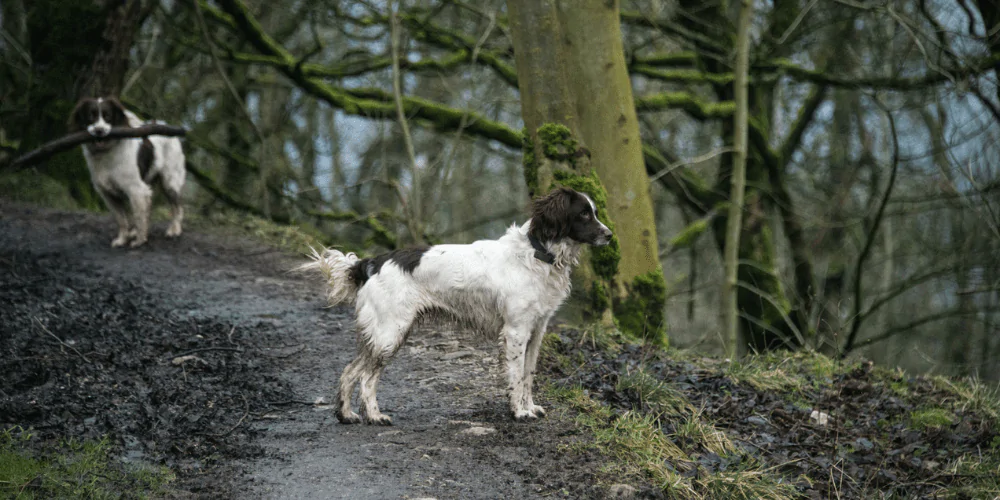
What is Alabama rot?
Alabama rot – also known as cutaneous and renal glomerular vasculopathy (CRGV) – is a disease that began appearing in the UK around 2012.
Named after the American state where it was first seen in the 80s, Alabama rot causes clots to form in small blood vessels. The disease starts off as skin lesions and can lead to kidney failure for some dogs.
Alabama rot can affect any age or breed of dog but generally isn’t very common. Only a few dogs seem to be affected in the UK each year. Cases tend to show up more between November and May but can appear during the summer months.
> What causes Alabama rot?
Research is being carried out to try and find the exact causes of the disease but nothing solid has been confirmed so far.
Suggested causes include:
- Bacteria – such as e. coli
- Genetics – certain breeds could be more prone to getting the disease
- Environment – some owners of affected dogs noted they’d been in woodland/muddy areas
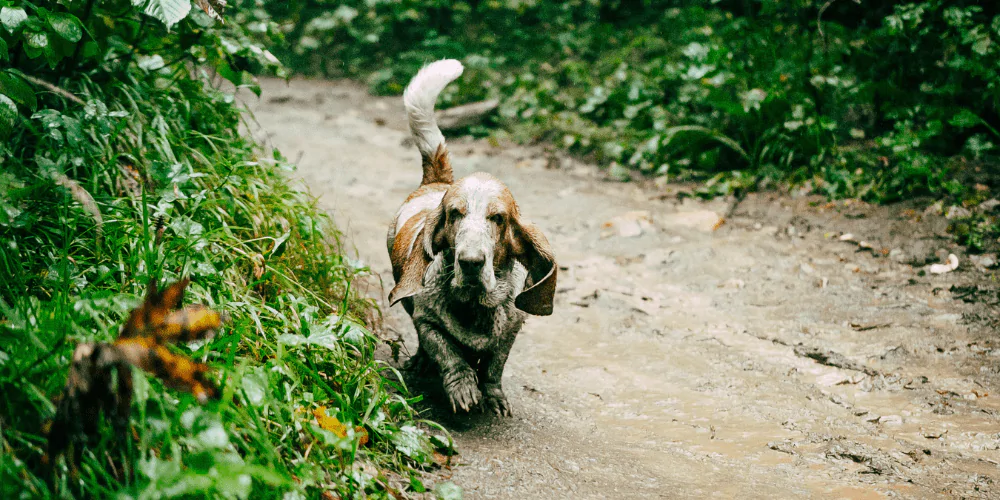
Where in the UK can you find Alabama rot?
Given that the cause of Alabama rot is unknown, it’s possible that your dog could pick up the disease from anywhere across the country.
Anderson Moores Veterinary Specialists are leading the way in research on the disease. Their dedicated map tracks dates and locations of Alabama rot cases in the UK.
Since Alabama rot was first recorded in the UK back in 2012, there have been 292 total confirmed cases. Two cases of the disease have been recorded in 2023.

What are the early signs of Alabama rot?
One of the first things you’ll notice in the first few days of your dog getting Alabama rot is the appearance of sores/ulcers on the skin. These sores:
- Can most often be found on the nose, feet, legs, face, and inside the mouth
- Are circular, red, and raised
- May be accompanied with bruising
- May have a darker centre
> Further symptoms of Alabama rot
Your pup can have symptoms like:
- Lethargy
- Loss of appetite
- Increased urination
- Stiffness
- Increased thirst
- Vomiting/diarrhoea
- Licking at the feet or legs
If Alabama rot isn’t treated as soon as possible it could reach your pup’s kidneys within a few days of skin lesions appearing. There is then a chance of kidney failure happening.
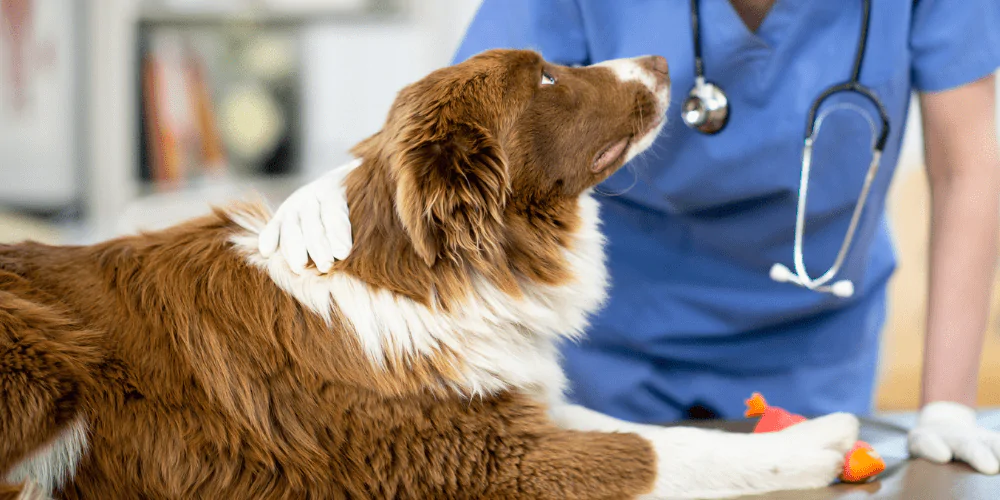
Diagnosing Alabama rot
Always take your pooch to the vet as soon as possible if you’ve noticed unusual lumps or lesions.
There’s no specific test for Alabama rot but your vet will:
- Ask you questions about your pup’s health, such as when the lesions started to appear
- Carefully look over their skin and inspect the sores
- Run blood and urine tests, and possibly take samples of the sores for testing
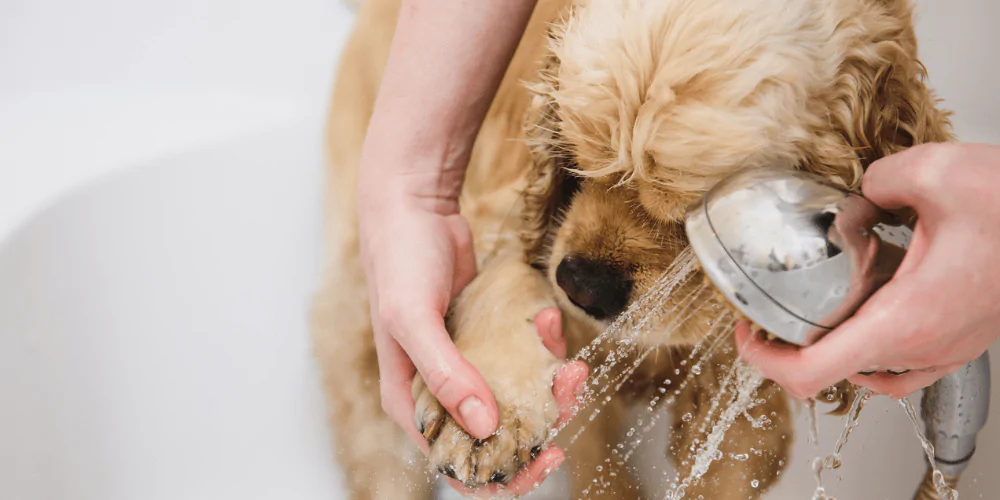
Alabama rot treatment options
As experts don’t yet know what causes Alabama rot, there isn’t a specific way to treat the condition.
Your vet will recommend treatment based on your pup’s symptoms and how severely the disease has progressed. This can include:
- Antibiotics to stop any wounds from getting infected
- Using a collar to prevent your dog from licking their sores as they heal
- Pain relief to ease your dog’s discomfort
A hospital stay for fluid therapy may be needed if the kidneys are showing signs of failure.
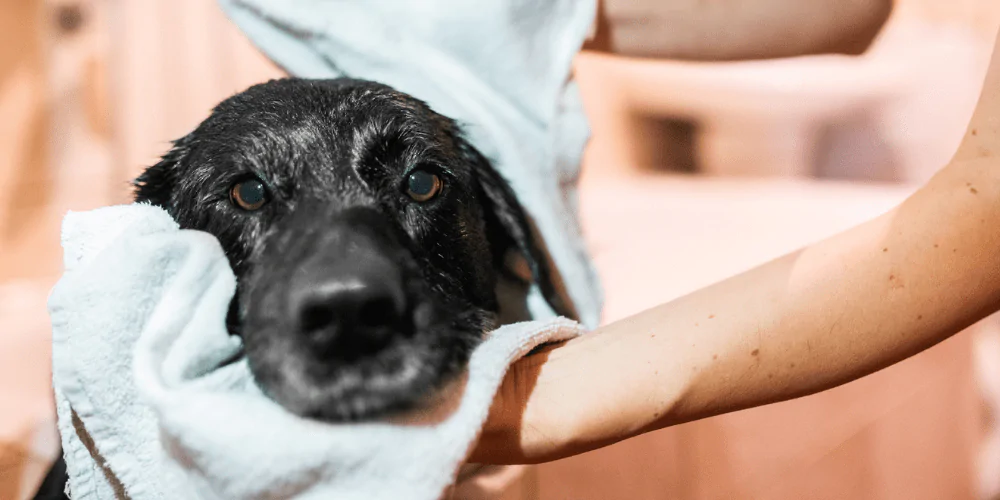
Alabama rot prevention
Limited understanding of the disease makes it difficult to know exactly how to prevent your dog from getting it. There’s also currently no vaccination against Alabama rot.
But you can take sensible steps such as:
- Thoroughly looking over your pup for strange bumps and sores on a daily basis
- Watching out for symptoms (though these can also be similar to other illnesses, so that’s why it’s best to speak to your vet)
- Being mindful about walking your dog in muddy areas, making sure to wash and properly dry them afterwards
- Checking the map for areas where cases have been reported
> Is Alabama rot contagious?
So far there haven’t been any reports of people or other animals getting the disease themselves or catching it from an affected dog.
But it’s always important to practice good hygiene if your pooch is poorly. This means washing your hands after touching your dog.
Feel confident during your dog’s outdoor adventures with flexible dog insurance from Petsure.


